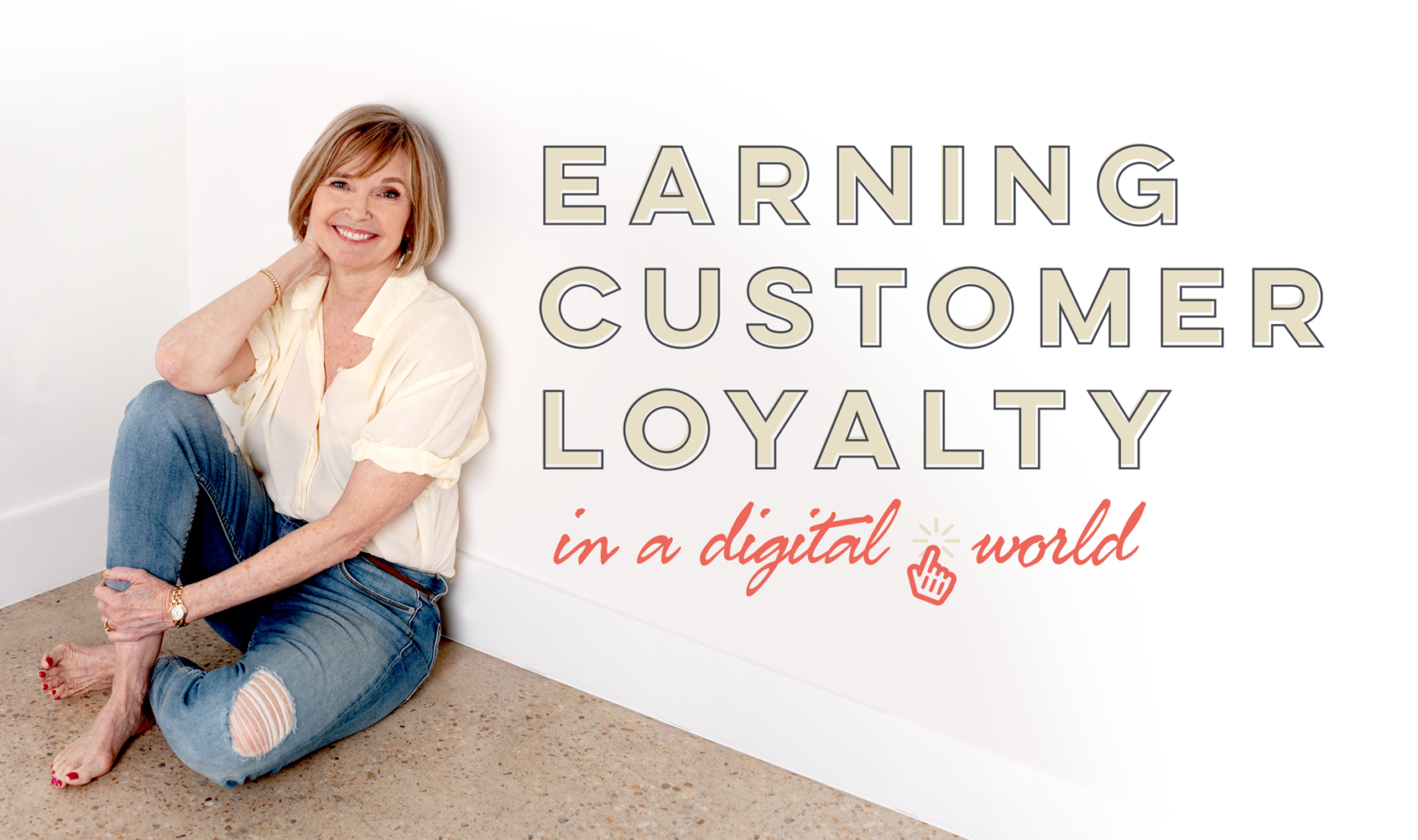
Harvard Business Update
The longer customers stay with a company, the more valuable they tend to become. But getting them to stay can be problematic; customer defection is more likely to occur just after the first purchase than at any other time. How can companies turn first-time buyers into repeat business? Update asked consultant Jill Griffin, who has helped companies such as Dell Computer, Deloitte & Touche, Advanced Micro Devices, and Subway Corporation.
1. Why are companies particularly vulnerable to customer defection after winning new accounts?
First time buyers are best thought of as triers: they’re looking for confirmation that their buying decision was wise, particularly if the decision was a big, expensive one. If the experience any problems in postpurhcase service – e.g. a missing product part or a service delivered too late – they’ll regret their decision and won’t likely do business with you again. Defection becomes even easier if customers still have a relationship with a former supplier and can easily return to that company.
2. How can customer loyalty be cultivated after that initial sale?
You need to track every step at which the company “touches” each customer – not only receipt and fulfillment of an order but also billing, returns, and postsale service. Managers need to imagine each touch point from the customer’s perspective and ask themselves, “How can we coordinate these points to deliver a seamless experience?” When customers experience all their contacts with your company as seamless, they feel appreciated and reassured. And as customers have grown savvier about their value to your company, they’ve begun expecting more of these psychic rewards.
3. Does the array of purchasing channels available today offer new opportunities to build customer loyalty?
It sure does. Recent research shows that the more channels – for example, toll-free numbers, Web sites, and stores – that customers use to buy from a particular company, the more loyal they’ll be. I advise companies to create cross-functional teams whose members think about what it’s like to use the different channels from the customer’s viewpoint. Together, these insights provide the “big picture” of the customer’s total experience and help team members generate ideas for constantly improving that experience.
Channel coordination also provides opportunities to continually monitor and evaluate customers’ experiences. For example, firms can take cross-sectional surveys of Web site customers’ ratings of the company’s service levels. They can conduct focus groups with store visitors, send an immediate thank-you letter to new buyers, and phone new accounts a month after the initial sale to ask how things are going.
4. Do frequent follow-up contacts with customers risk annoying them?
Definitely. Though systematic follow-up is essential, you need to make sure you are adding value with every contact. You need to show customers that you truly value the fact that they are giving you a few moments of attention. For instance, suppose you’re an automobile salesperson and you’re sending a new customer follow-up thank-you note. You might enclose an article about road safety, with a note saying, “Thought you might find this interesting.” Or you could include a coupon for a free car wash, or a list of tips about car care. Your goal is to provide something that makes the customer feel glad that they took the time to speak with you on the phone or open and read your letter.
5. What do buyers value most about their relationships with companies?
They value reliability – you provide what you promised. They also value responsiveness – you’re willing to help them, and you provide prompt service. But new technologies have shifted customers’ perceptions about what responsiveness looks like. Companies have to constantly assess these perceptions – and then exceed them. For example, if a 10-day turnaround for delivery of a product is the standard in your industry, evaluate whether a seven-day turn-around could drive greater loyalty.
But don’t try to demonstrate unrivaled responsiveness on every front. Focus on what research shows matters most to customers. For instance if you’re a roadside-assistance company, your customers are going to care most about how quickly you send a tow truck out to them after they call your help line. They’ll likely care less that the paper work is expedited within 24 hours. You need to decide where responsiveness is most critical in your business, then focus on improving it in those areas.


